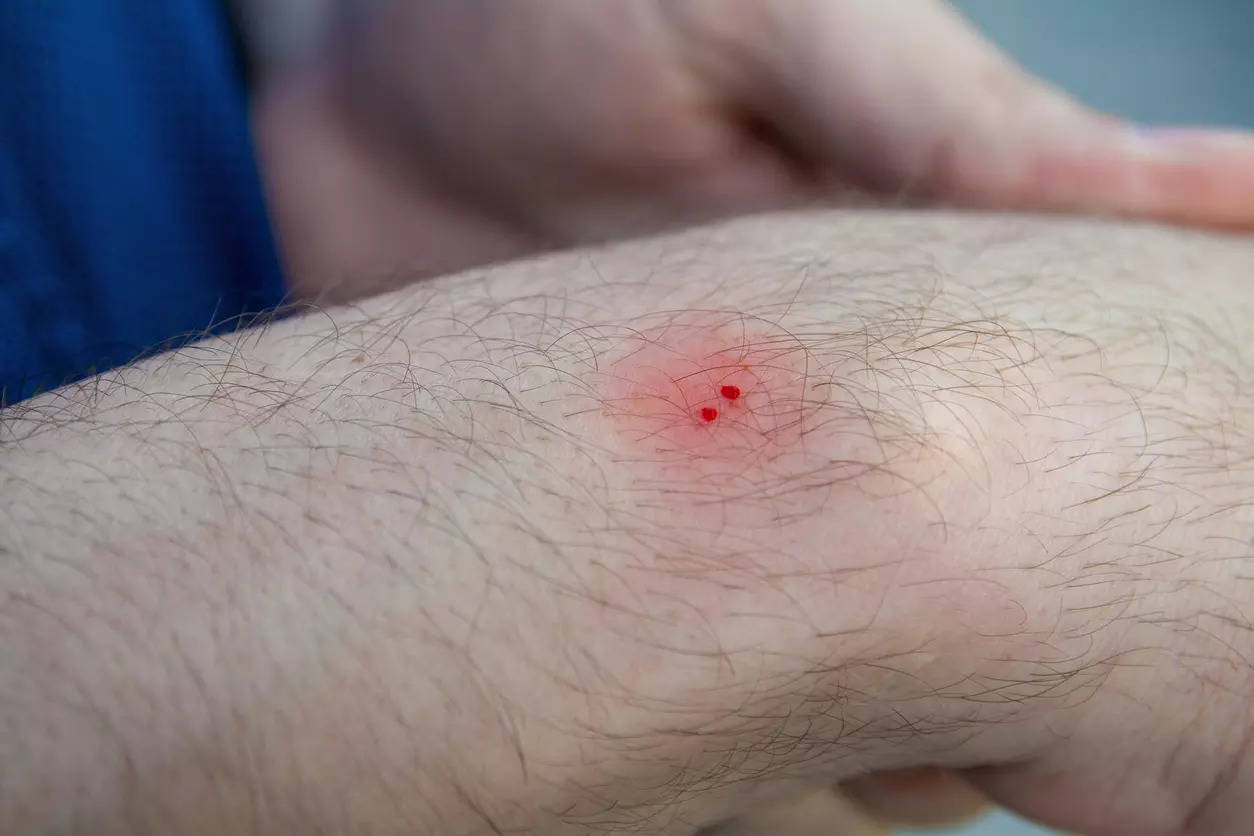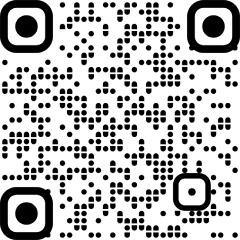[ad_1]

Panaji: Goa records between 500 and 600 snakebite cases annually. Last year, a national-level programme on the prevention and control of snakebites was launched while Goa has initiated the process of greater surveillance of snakebite cases.
“In Goa, we have forests, and people are engaged in agriculture too, so the health system receives many snakebite cases,” said Dr Utkarsh Betodkar, the surveillance officer of the integrated disease surveillance programme. He was speaking on the sidelines of a programme on snakebites and snakebite management on Wednesday.
Betodkar said with greater surveillance, more data will be available with the health services about cases received at primary health centres and those referred to GMC. Experts will also be able to determine the appropriate treatment protocols for bites — depending on whether the snakes were venomous or non-venomous.
“It will help us decide on the measures needed to be taken to improve case management,” Betodkar said.
A snakebite is still termed a neglected tropical disease. Besides mortality, several also suffer morbidity such as paralysis or need amputation.
[ad_2]

